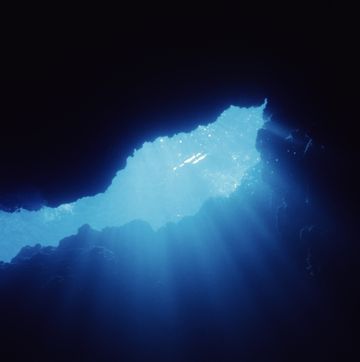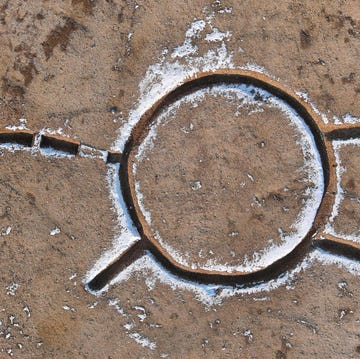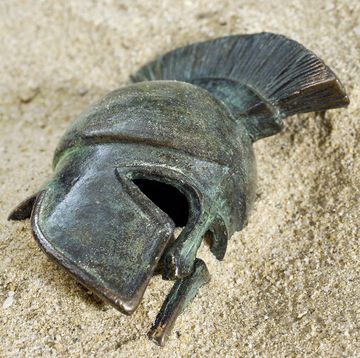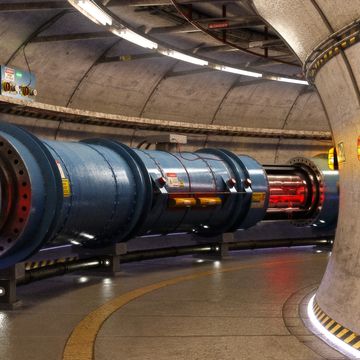Here’s what you’ll learn when you read this story:
- The Darvaza gas crater—also known as the “Gates of Hell”—has been burning continuously for years thanks to its steady supply of seeping methane gas.
- A new report from the Agence France-Presse suggests that the rate of gas flow has decreased by a third over the course of recent observations.
- Reports from previous years suggest that the government may be siphoning off the gas using nearby wells.
On planet Earth, fire is usually a transient phenomenon—even the strongest of wildfires will eventually succumb to human and/or meteorological intervention. But the same can’t be said for the Darvaza gas crater in Turkmenistan, known colloquially as the “Gates of Hell.” This natural gas field has been burning continuously for decades thanks to its steady supply of seeping methane, and in that time, this devilish pit has become one of the country’s most popular tourist attractions despite its location in the middle of the Karakum desert, roughly 160 miles north of the capital city of Ashgabat.
Turkmenistan’s authoritarian leader, Gurbanguly Berdymukhamedov, has previously stated that he wants to snuff out the Gates of Hell once and for all (though the latest pronouncement came years after he reportedly went off-roading around the crater). Now, a new report suggests those efforts may be bearing fruit. Last Thursday, officials in Turkmenistan said that gas being emitted from the pit has diminished three-fold, though the Agence France-Presse (AFP) reports that no timeframe for this gaseous decrease was provided. This news is in line with previous reports last year that satellite observations of the Gates of Hell showed a 50 percent decline in emissions.
Despite its status as a popular tourist attraction (at least, for a recluse country like Turkmenistan), there’s some debate about how the gas crater initially formed. The popular story goes that Soviet prospectors accidentally collapsed a mine in the 1960s and then lit the gas on fire, but local reporting says that the fire was actually started in the 1980s to prevent the harmful gas from escaping. As National Geographic reported in 2013, there are no records or reports of the gas field’s initial formation.
Although the never-ending burn pit draws its fair share of pyromaniacs, closing off the pit is likely for the best for many reasons. The harmful gas impacts the local population and contributes to climate change—especially since methane is an extremely potent greenhouse gas (much more so than carbon dioxide).
Berdymukhamedov has called for the closure of the gas crater for at least 15 years, and while filling the pit has been considered, most experts say that the gas would likely just escape somewhere else. However, in the last few years, it appears that the government has made some progress. In 2024, CNN reported that the government was drilling exploratory wells near the crater—both to draw away the pit’s methane and to leverage the natural resource for other purposes—but due to the country’s secretive nature, CNN adds that these reports are only rumors.
Of course, as the flames of the Darvaza gas crater slowly flicker out, some locals are concerned about the loss of tourism dollars from people flocking to the area to see the strange phenomenon.
Extinguishing the “Gates of Hell” may only be the beginning of Turkmenistan’s problems.
Darren lives in Portland, has a cat, and writes/edits about sci-fi and how our world works. You can find his previous stuff at Gizmodo and Paste if you look hard enough.













